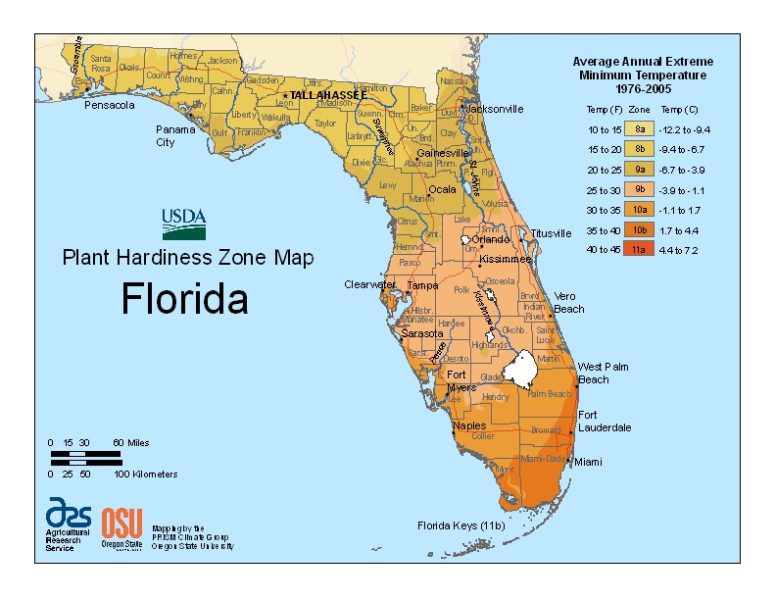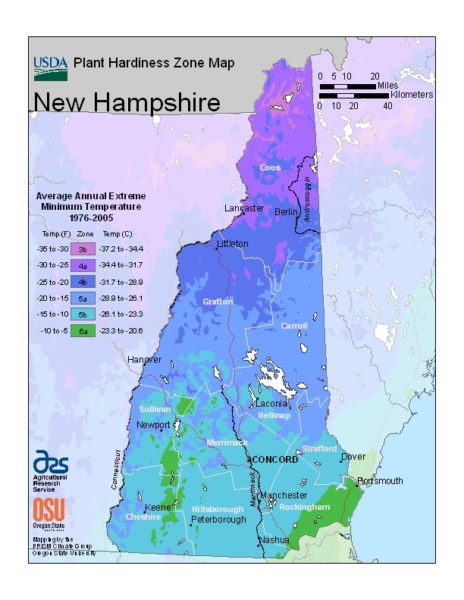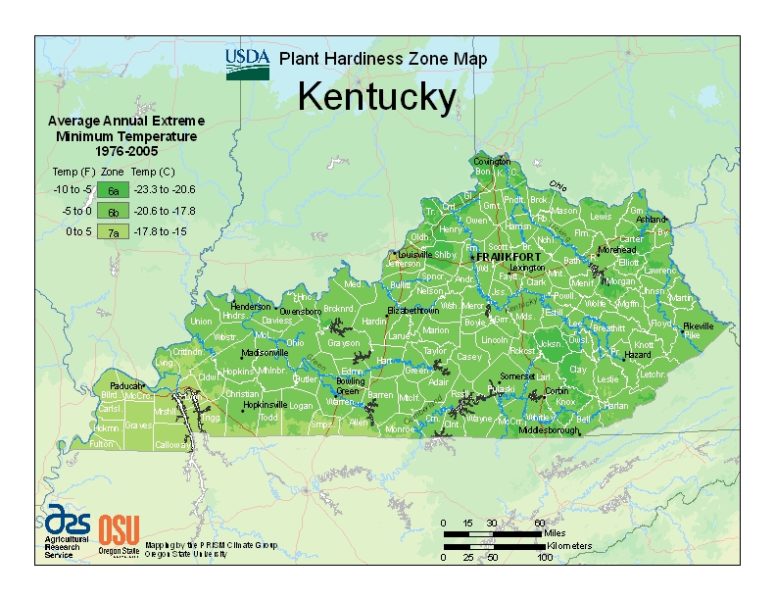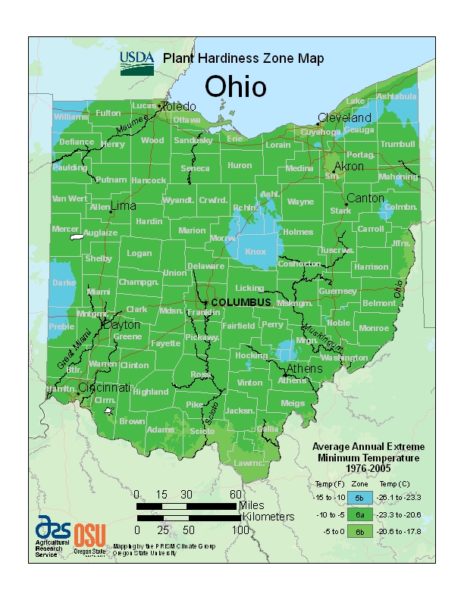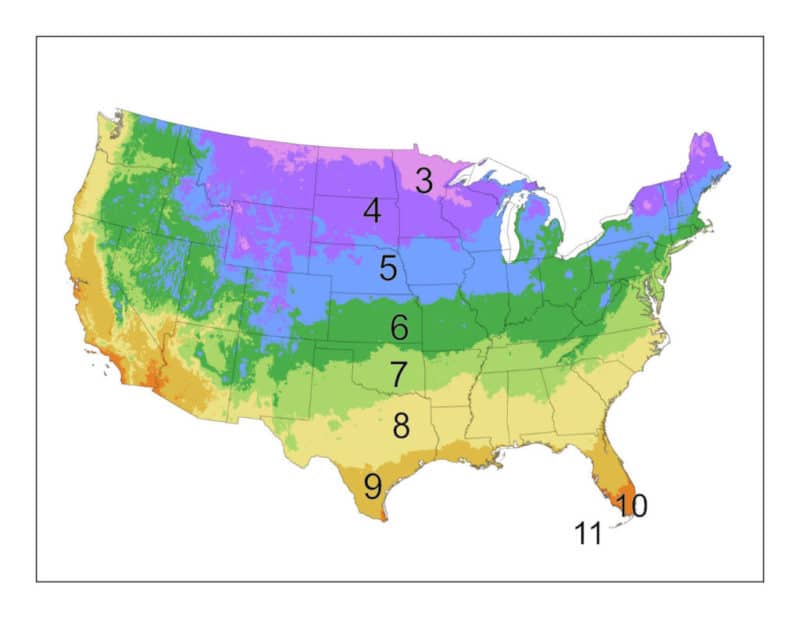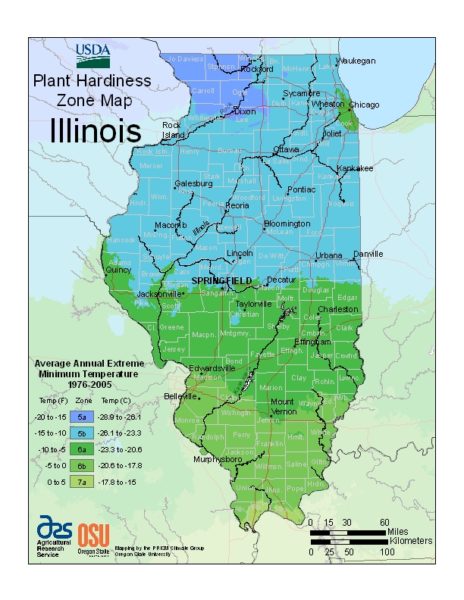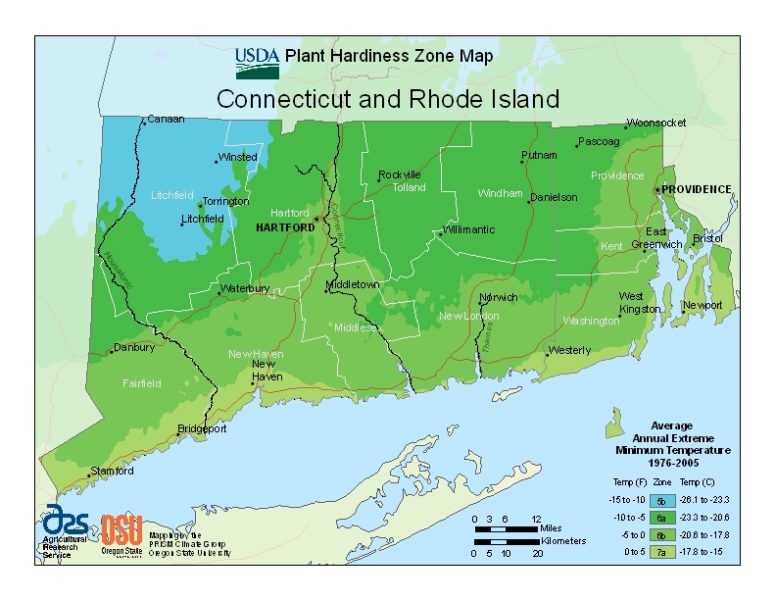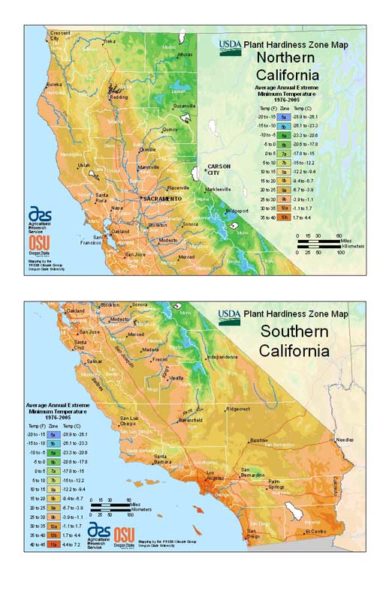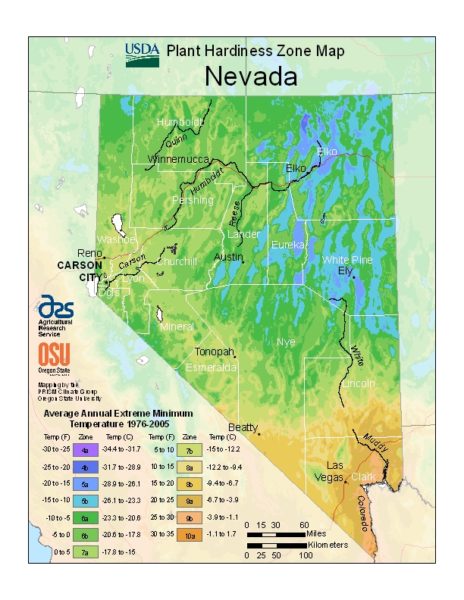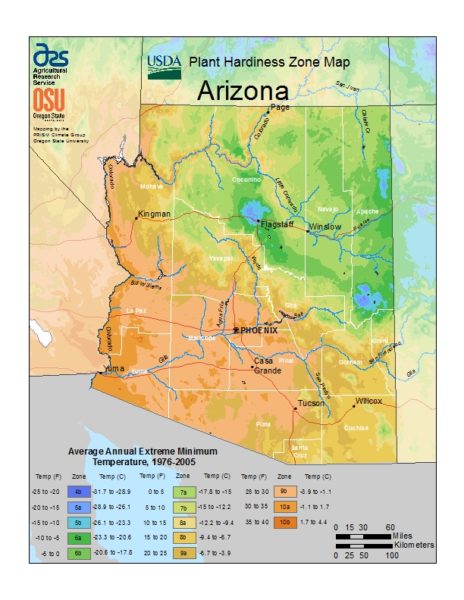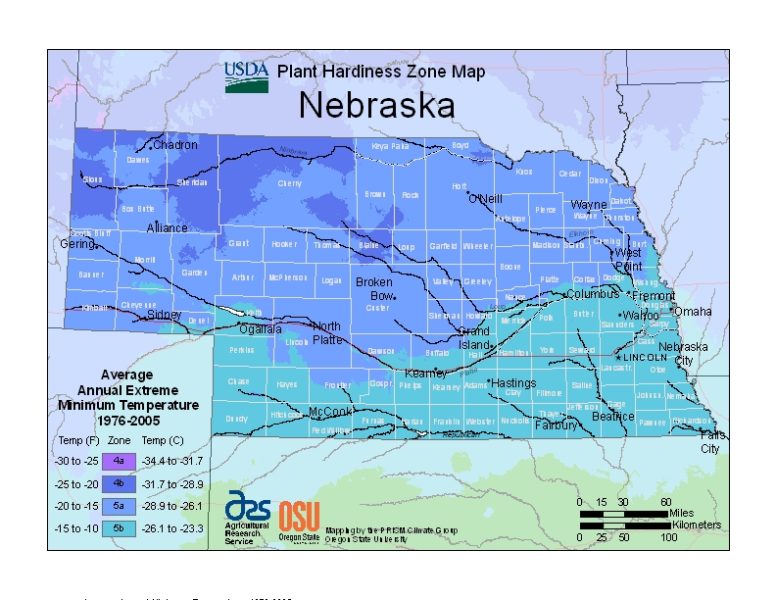Description
Vietnamese coriander (Persicaria odorata, syn. Polygonum odoratum, Polygonaceae) is an herb whose leaves are commonly used in Southeast Asian cooking. Other English names for the herb include Vietnamese mint, Vietnamese cilantro, Cambodian mint and hot mint. The Vietnamese name is rau ram, while in Malaysia and Singapore it is called daun kesom or daun laksa (laksa leaf). In Thailand, it is called pak pai. It is not related to the mints, but the general appearance and odor are reminiscent. Above all, the leaf is identified with Vietnamese cuisine, where it is commonly eaten fresh in salads and in raw spring rolls (goi cuon). Bowls of ph (beef noodles) are also typically garnished with Vietnamese mint. It is also popularly eaten with h t v t l n (fertilized duck egg, known as balut in the Philippines). In Singapore and Malaysia, the shredded leaf is an essential ingredient of laksa, a spicy soup, so much so that the Malay name daun laksa means “laksa leaf.” In Australia the plant is being investigated for a source of essential oil (kesom oil). The Vietnamese coriander is a perennial plant that grows best in tropical and subtropical zones in warm and damp conditions. It prefers full sun. The top of its leaf is dark green, with chestnut-colored spots while the leaf’s bottom is burgundy red. Its stem has sections. In cooler regions grow as a house or patio plant. It is very easy to grow.
- Leaves are commonly used in Southeast Asian cooking
- Other English names for the herb include Vietnamese mint, Vietnamese cilantro, Cambodian mint and hot mint
- The Vietnamese name is rau ram, while in Malaysia and Singapore it is called daun kesom or daun laksa (laksa leaf)
- In Thailand, it is called pak pai
- Vietnamese Coriander Plant – rau ram – daun kesom



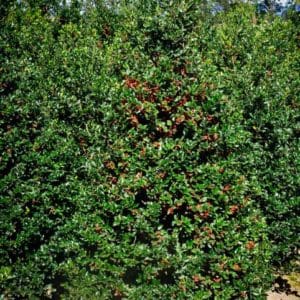
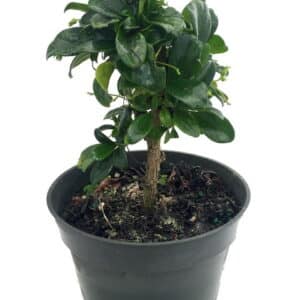
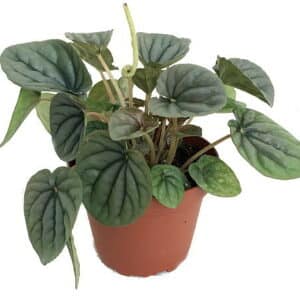

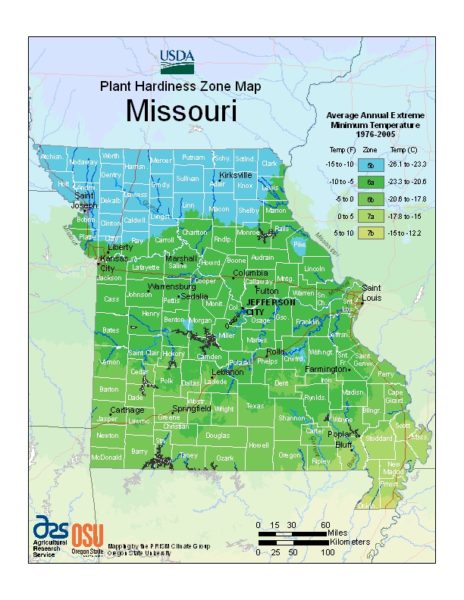

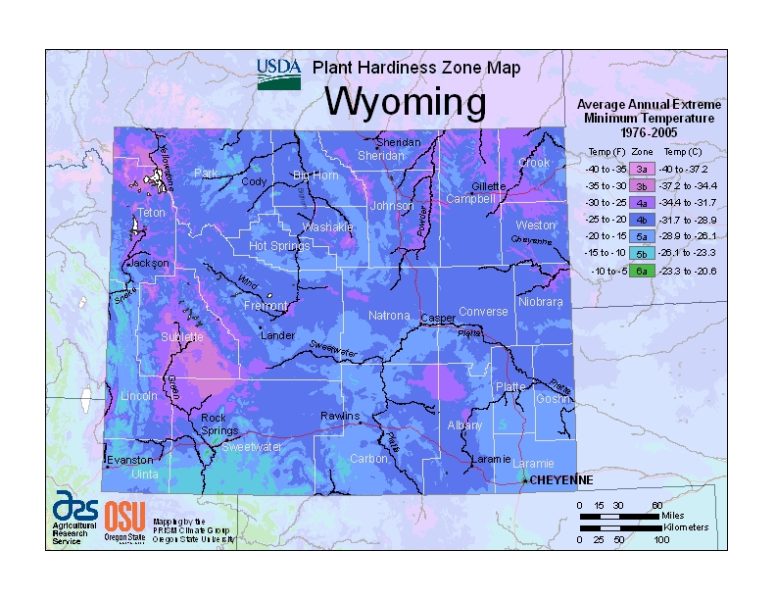

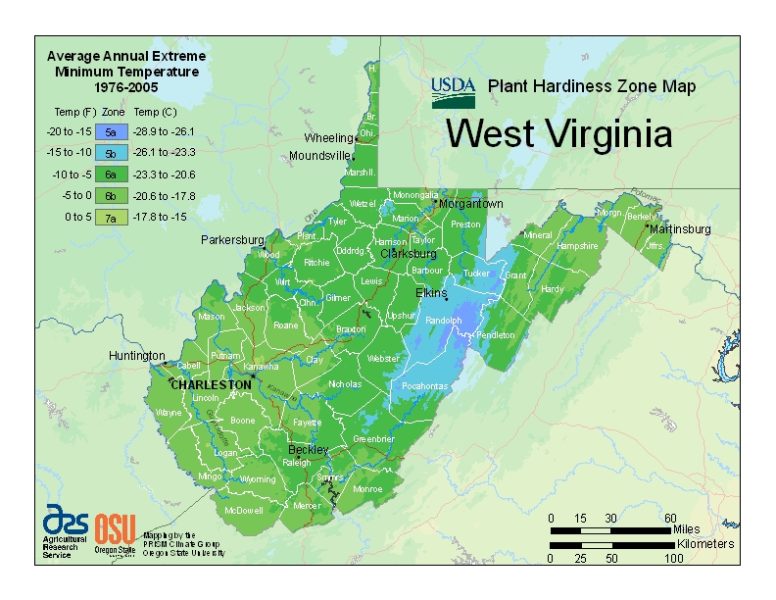



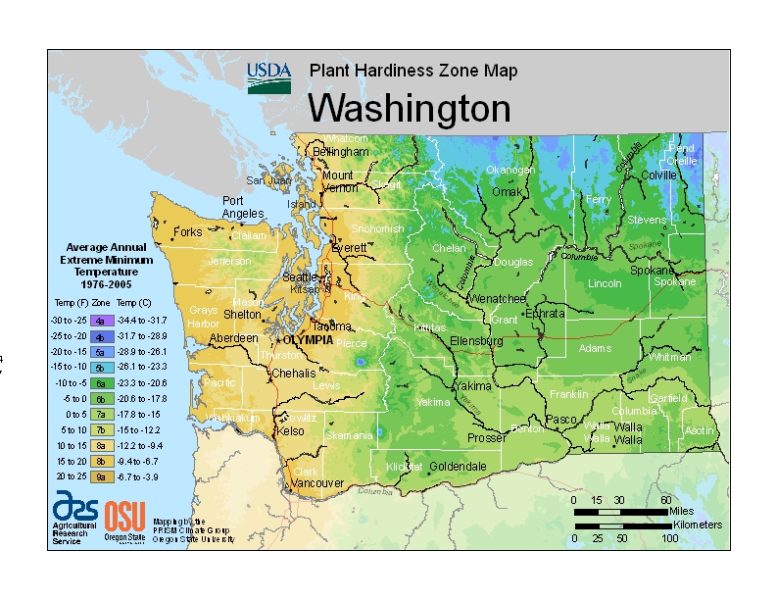
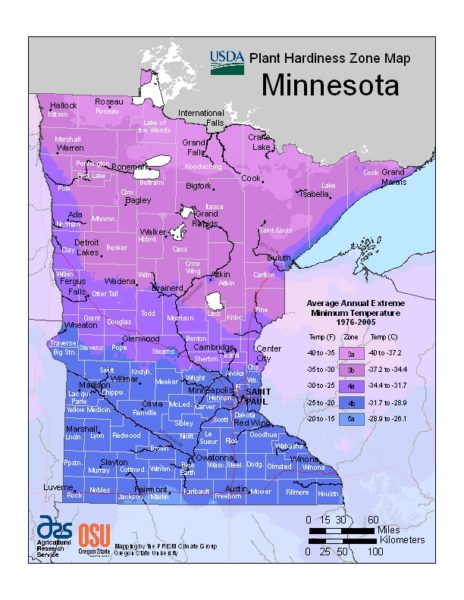





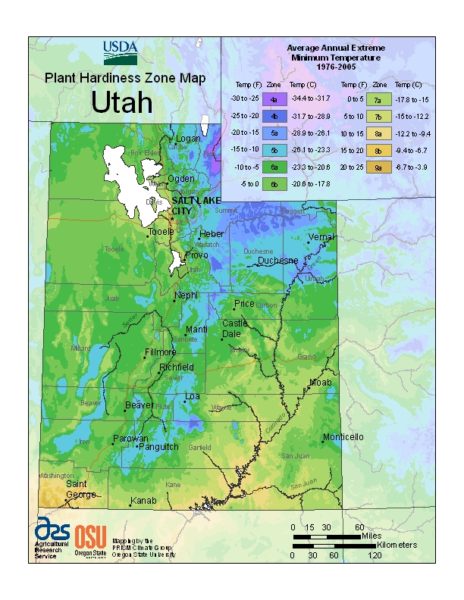
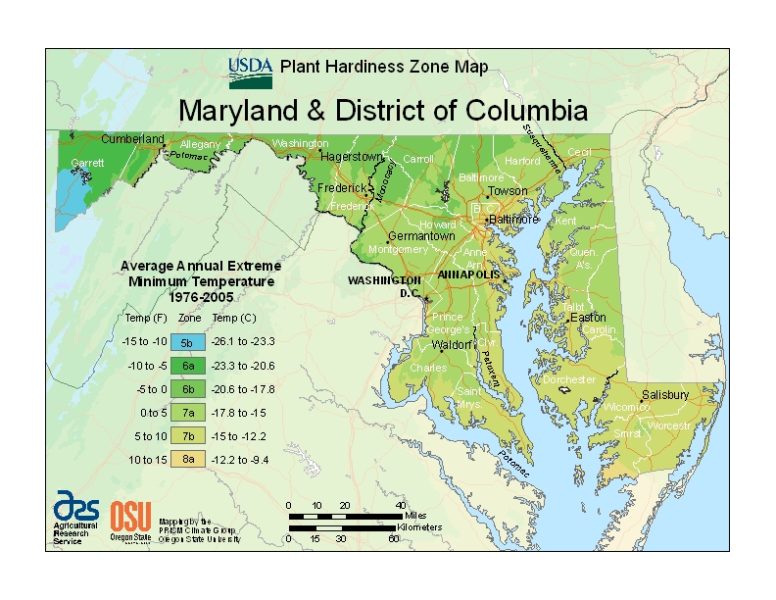





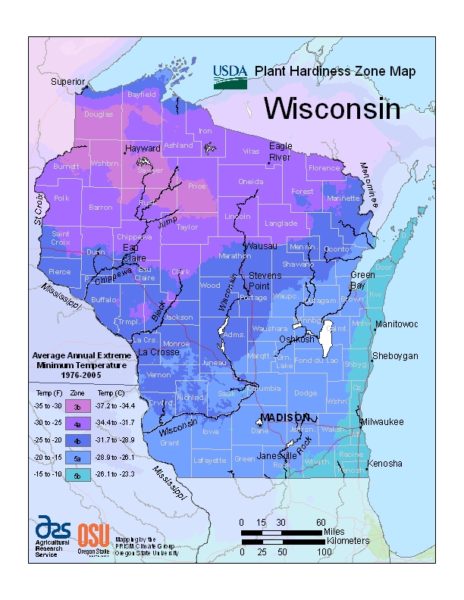 Wisconsin
Wisconsin